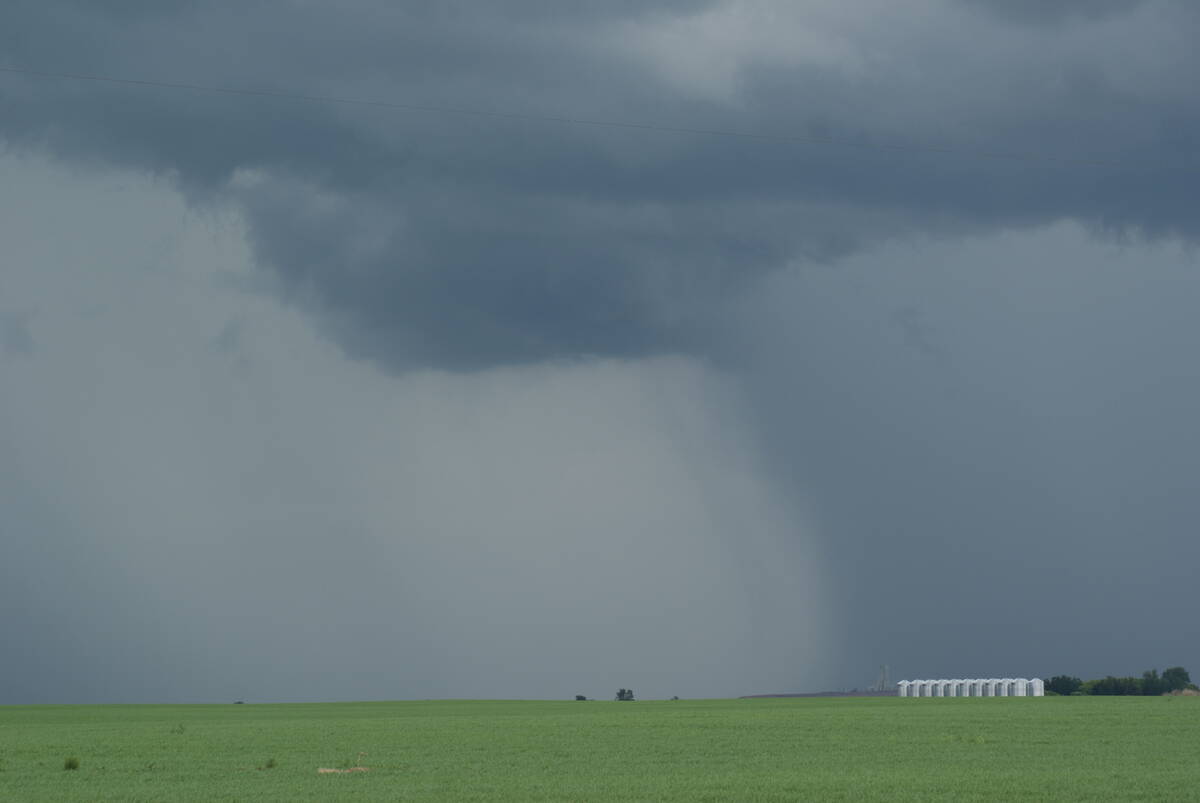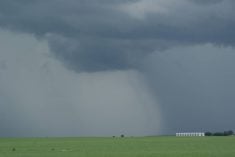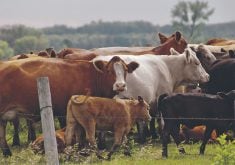BY THEIR friends shall ye know them. As trade talks loom, the world’s nations and farmers ponder loose alliances of common interest, hoping to use the strength of numbers to influence negotiations.
In Canada, farm groups with their own priorities urge Ottawa to deftly pick allies that will best reflect what they see as Canada’s natural trade goals.
For the moment, Canada’s only formal alliance is with members of the Cairns Group of medium to small exporting countries. But the Cairns Group, led by the aggressive free trade stance of Australia and New Zealand, reflect just part of Canada’s “balanced position.” Their trade liberalization makes no exception for Canada’s supply management protections.
Read Also

Canadian farmers need new tools to support on-farm innovation
Farmers need a risk management buffer that actually works and investment that drives advancements forward if Canada is to build resilience.
Cairns is not an alliance which serves Canada’s position well. What are the alternatives? Broadly speaking, there are three.
First, some within Canadian agriculture, notably National Farmers Union leaders, suggest Canada listen to the coalition of Third World and peasant farmers who are skeptical that freer trade will help them. They urge trade policies aimed at helping the most farmers survive.
But it is hard to imagine trade minister Sergio Marchi embracing peasant garb.
Secondly, supply management interests, while carrying their own complaints against European Union, still like the EU view that agriculture is more than a source of goods to trade. It also serves social purposes of keeping rural areas populated and the environment tended.
Canada’s supply management leaders see the need for injection of at least some of this European sensibility into Canada’s position, making it more consistent to argue for maintenance of high tariffs.
So far at least, Canada’s trade policy leaders, urged on by the powerful exporter alliance, sees the European outlook as a way to protect farmers and consumers at the expense of fair and rules-based trade.
That leaves the third ally option, the United States. Increasingly, Canadian food exporters, the Reform opposition and government speakers suggest the Americans are Canada’s natural allies.
Both want freer trade, health and safety rules based on risk and science and an end to export subsidies.
Natural allies, right?
It depends how strongly Canada plans to defend the Canadian Wheat Board and supply management.
Last week at a trade conference in Ottawa, University of California economist Dan Sumner laid out the U.S. goals for those two Canadian sacred cows.
On supply management: “Tariff reductions are central to the next round.”
Could Canada align itself with the U.S. while still defending high tariffs in market areas the Americans want to penetrate?
On state trading entities like the CWB: “They are a problem that has to be addressed in this round … I think the challenge is to put the burden on STEs to prove they work by commercial rules.”
Those who believe Canada should hitch its wagon to the U.S. free trade caravan at least owe defenders of the CWB and supply management an explanation of how much they’d be willing to negotiate to gain American acceptance.














